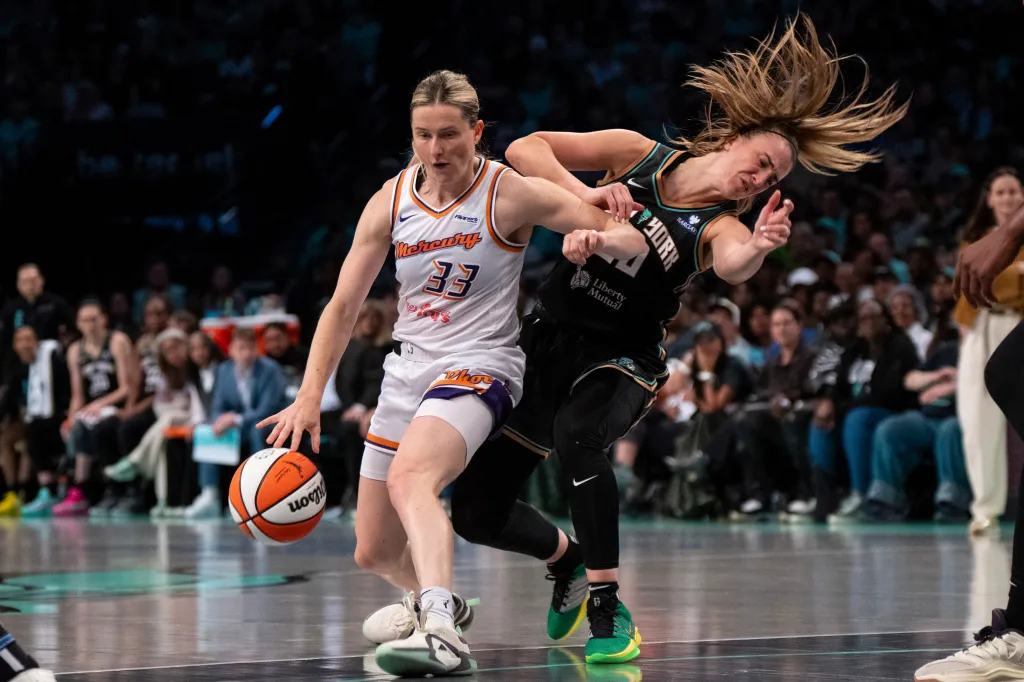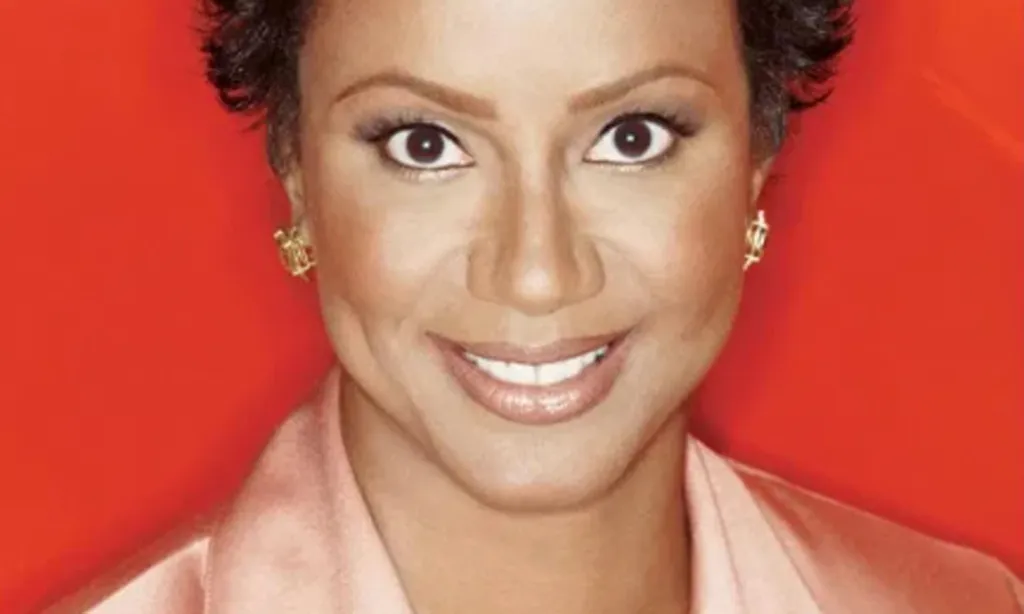You won’t believe how much the wealthiest stash in their 401(k) accounts – average balance revealed
By Piyush Shukla
Copyright indiatimes

High earners often save more in 401(k)s, but many still fall short of comfortable retirement goals. Smart saving and planning matter just as much as income growth for lasting wealth.
For high earners, saving for retirement isn’t just about discipline — it’s about building a cushion that lasts. But the question many people ask is: how much do the wealthiest households really have saved in their 401(k) accounts? The latest numbers show a mix of surprising strengths and hidden gaps.For many in the upper class, the 401(k) often serves as the backbone of retirement savings. With automatic contributions from paychecks and employer matches, it becomes a reliable tool to steadily grow wealth. Yet, the balances reveal that even high earners can fall behind if they don’t contribute consistently or start saving early enough. Time in the market, more than income alone, makes the biggest difference. Another factor is lifestyle creep. Households making $150,000 or more often face higher expenses — larger mortgages, private schooling, or costly commutes. While the income allows for bigger contributions, the pressure to “live up” to a certain lifestyle can limit how much actually goes into retirement accounts. This helps explain why the median balance is far below the average.Live Events Age also plays a huge role. A younger professional earning $180,000 might have less than $100,000 saved, while a late-career executive at the same income level may be sitting on a seven-figure account. Combining all ages into one group smooths the numbers, but it also hides the extremes between those just starting out and those nearing retirement. Finally, it’s important to remember that wealthy households rarely rely on a 401(k) alone. Brokerage accounts, IRAs, rental properties, and business ownership often make up a much larger share of long-term wealth. For many high earners, the 401(k) is simply one bucket in a bigger system designed to ensure financial security well beyond retirement.Who counts as “upper class”? The term “upper class” can feel fuzzy, but in income terms it usually starts with households making around $150,000 a year or more. That’s about double the national median income. Of course, someone earning $160,000 is in a very different position than a professional clearing $500,000, but this $150,000 mark has become the general entry point for what many consider the upper class. How much do high earners actually have in their 401(k)? On average, people earning at least $150,000 have about $336,000 saved in their 401(k). The median balance, however, is closer to $188,000. That gap tells the story: some accounts are loaded with seven figures, but many others sit near the middle. Here’s how 401(k) balances compare by income level: $100,000–$149,999 earners → Average: $178,818 | Median: $91,323 $75,000–$99,999 earners → Average: $106,875 | Median: $51,073 Overall across all savers → Average: $148,153 | Median: $38,176 For perspective, a $336,000 balance may sound like a lot, but for a family making $200,000 a year, it equals less than two years of income. That’s not always enough to feel fully secure in retirement. Why don’t the numbers look higher? One reason is that the data covers a wide age range. A 30-year-old engineer earning $180,000 and just getting started is grouped in with a 60-year-old executive nearing retirement. Younger savers naturally bring the averages down. Another reason is that wealthier households don’t put all their eggs in one basket. Their financial picture usually includes: Taxable brokerage accounts IRAs (Roth or traditional) Real estate investments Stock options or pensions through work Alternative investments like private equity or crypto When you zoom out, the bigger picture looks very different. Many top earners have a net worth of $500,000 or more, and averages can climb past $2 million once real estate and business assets are counted. What does this mean for retirement planning? The big takeaway is that a high income doesn’t automatically lead to massive retirement savings. The real advantage comes from consistent saving, smart tax planning, and diversified investments. For upper-class households, a 401(k) is just one part of the puzzle. To truly secure retirement, most will need to balance multiple accounts, build real estate equity, and invest beyond what’s offered at work. The lesson is simple: it’s not just how much you earn — it’s how well you save and grow your wealth over time.Add as a Reliable and Trusted News Source Add Now!
(You can now subscribe to our Economic Times WhatsApp channel)
Read More News onaverage 401k by incomeupper class retirement savings and planningaverage 401k balance for high earners401(k) balanceupper class savingshigh earner retirementvanguard how america saves 2025median 401k balanceretirement planning upper classretirement savings data
(Catch all the US News, UK News, Canada News, International Breaking News Events, and Latest News Updates on The Economic Times.) Download The Economic Times News App to get Daily International News Updates….moreless
(You can now subscribe to our Economic Times WhatsApp channel)Read More News onaverage 401k by incomeupper class retirement savings and planningaverage 401k balance for high earners401(k) balanceupper class savingshigh earner retirementvanguard how america saves 2025median 401k balanceretirement planning upper classretirement savings data(Catch all the US News, UK News, Canada News, International Breaking News Events, and Latest News Updates on The Economic Times.) Download The Economic Times News App to get Daily International News Updates….moreless



